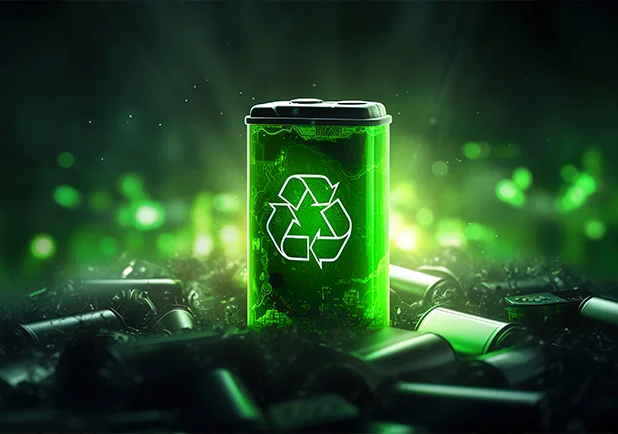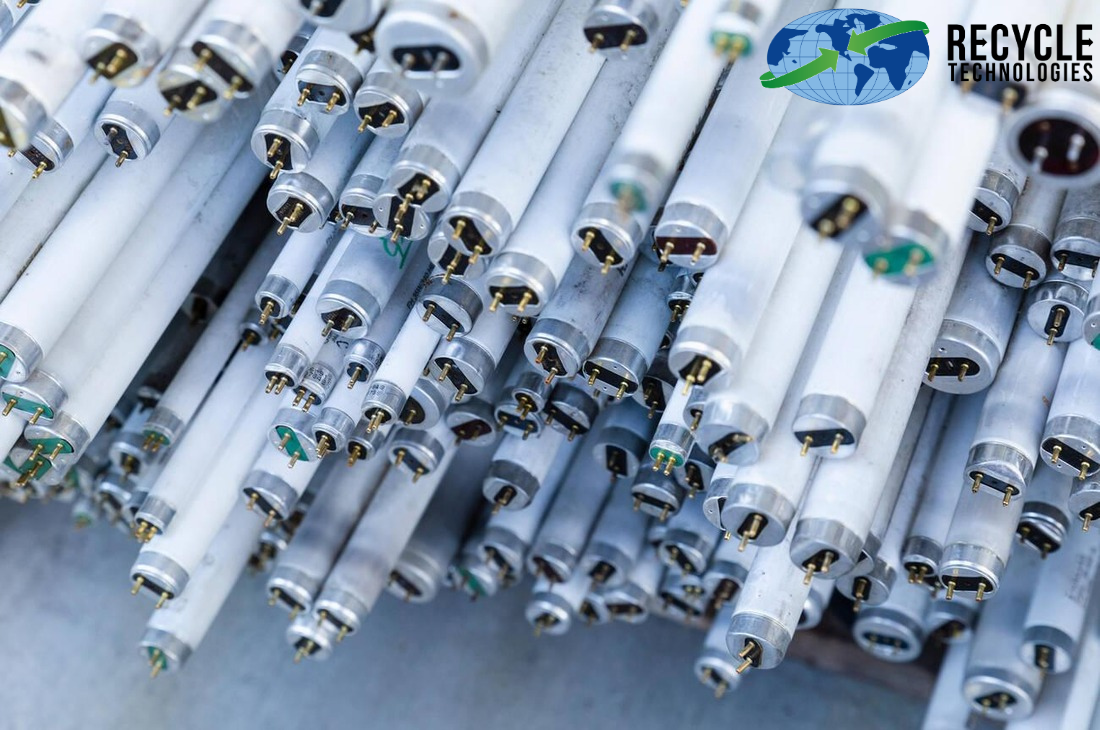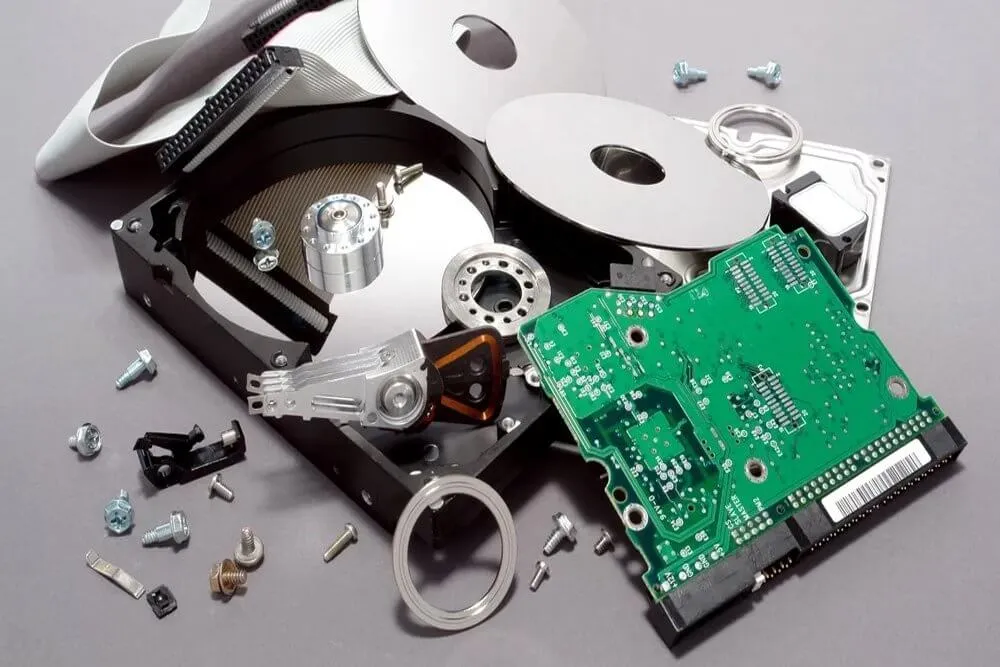Recycling is a complex process, which is why it makes some skeptics feel like it is not as effective as science says. Not only does recycling responsibly help with conservation of natural resources, but it is also a wonderful way to help human health.
Reusing the old resources means lessening harmful disruption and damage done to the natural world: fewer forests cut down, rivers diverted, wild animals harmed or displaced, and less pollution of water, soil, and air. In terms of e-waste management, it also means less minerals mined from the ground, and disposed of in landfills, where mercury and lead leaches out.
In the year 2023, we see a collective push towards a cohesive strategy to handle recycling challenges from both government and non-government agencies in the US. From July – September, we saw significant efforts made by multiple stakeholders to streamline the recycling processes, especially that of e-waste. Here is a list of some of the most notable e-waste management recycling efforts from across the US and the globe.
Scientists Say There is A Better Way to Recycle Smartphones
Smartphones are notorious in the world of recycling. The process of extracting precious metals like copper and silver from smartphones is difficult and renders little return, hence their unrecyclable property.
However, not all is lost. Jennifer Switzer, a Ph.D. student in computer science at UC San Diego and her colleagues think they have found a way to put an old smartphone’s processing power into cloud computing or in a company data center.
“So, if we can collect up old unwanted phones and redeploy them in, for instance, a data center, then we would reduce the number of new hardware that we need to build,” Switzer said. She also believes the processors in these discarded smartphones can run for another six years after use.
The team knows that even though these assembled processors would not be a consumer product, they could still appeal to data centers, and other larger tech companies who would want to store customer data for smooth functionality. Clients for such a product would include companies like Google.
Improved Efforts to Recycle Lab Gloves Sustainably
Florida University students have innovated ways to recycle safety gloves. Kristen Weeks and Carley Reid, chemistry graduate students initiated their project at the College of Charleston in South Carolina after getting impressed by sustainability measures.
Through the FSU Sustainable Campus Green Fund Grant, the team secured $5,000 in seed money to kickstart their initiative. The funding enabled them to purchase specially designed collection boxes for communal areas in their research buildings.
Their solution comes with partnership with TerraCycle, a company that specializes in recycling materials that are difficult to recycle conventionally. TerraCycle uses their current infrastructure to transform gloves into products such as park equipment, benches, Frisbees, and coasters.
The recycling program currently does not accept other types of protective gear, such as hair nets, earplugs, and lab coats or garments. It also does not accept biodegradable gloves or other medical waste.
The Formula E-car Made Entirely from E-waste
Envision Racing's Recover-e Formula E Gen3 car in partnership with actor and artist Aidan Gallagher and designer Liam Hopkins, decided to do something different by building the Recover-e, a Formula E Gen3 car, which is made entirely from e-waste.
"The purpose of [the project] is to open up the discussion of e-waste in an exciting way. What can be more exciting than building a racecar?" said Gallagher on the project. Gallagher also cites that it was a childhood passion to do something about landfill pollution, and the e-waste car manufacturing was a perfect opportunity to contribute to sustainability.
The e-waste car is a step to initiate mass-produced Formula 1 cars for the future. The elemental metals used in different circuits are hardly 100% salvageable. Using old circuit boards which have been discarded after use can make the perfect body of the car, as developed by Recover-e Formula E Gen3 car.
These circuits were obtained from phones, laptops, VCRs, old VHS players, computers, and separated motherboards.

Can Robotic Arms Help Solve the E-waste Management Issues?
Sifting through the piles of garbage that arrives at any recycling facility has been a chore. Fortunately, there are robotics companies actively trying to automate the sifting process. EverestLabs tops the list of such companies with their new and unique method of attaching robotic arms at the end of an AI-powered computer.
The company puts 3D depth-sensing cameras on recycling conveyor lines. The cameras can identify up to 200 items in each frame. “We get data around brands, types of packaging, types of material and how much of that is getting recovered and reused, and how much of that material is being sent to the landfill,” said JD Ambati, the CEO of EverestLabs.
Within 12 milliseconds, the AI software can tell what those objects are and what types of packaging they contain. With the new advanced sifting version, Everest Labs have claimed to boost the segregating process by 30% more than human speed.
Japan’s EV Battery Ambitions Need to Overcome Hurdles
In June, Toyota announced they have a goal of 3.5mn electric vehicles by 2030 in the island nation. The company recently broke news with their revolutionary solid-state battery technology, aiming to halve EV batteries' size, weight, and cost. The new tech is expected to solve EV battery issues like capacity and fire risk. However, the problem arose when Japan decided to make and recycle such batteries domestically.
Having strong US ties, Japan needs to stop its reliance on Chinese raw materials necessary to develop these batteries in the first place. Even though Japanese government is trying to domestically produce these electric batteries, they would need 100,000 tons of lithium a year, 90,000 tons of nickel, 150,000 tons of graphite, 20,000 tons of cobalt, and 20,000 tons of manganese, according to data provider Argus Media
Recycling EV batteries also means not relying on virgin raw materials every time a battery is made. It is an excellent opportunity for Toyota to set an example and change its ways to become more eco-friendly.
Also Read:
Year in Review 2023: E-waste Recycling News that Amazed Us (Part 1 of 4)
Year in Review 2023: E-waste Recycling News that Amazed Us (Part 2 of 4)
Conclusion
The rapid growth of electronic devices comes with a significant cost to the environment. E-waste, i.e., discarded phones, laptops, and other electronics, poses a growing threat to our planet. Landfills overflow with these complex devices, releasing harmful chemicals like heavy metals and lead into the environment, contaminating ecosystems and jeopardizing public health.
Studies have documented a direct correlation between e-waste and elevated levels of these toxins in landfills, underscoring the urgency of addressing this challenge. It is why we require constructive solutions, transitioning from a linear "take-make-dispose" model to a circular economy.
Imagine a future where discarded screens become building blocks for new tech gadgets, giving a new meaning to the second lives of gadgets. These are not just pipe dreams but can become concrete steps towards a more sustainable future.













